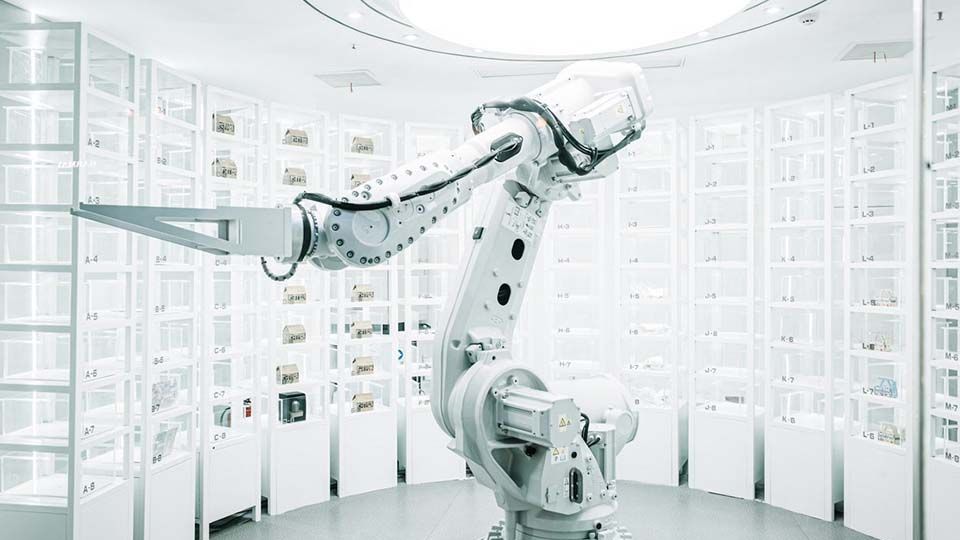July 22, 2024
BEIJING – A Chinese team has developed the country’s first versatile artificial intelligence model capable of examining medical images of more than 20 human organs, including the lungs, breasts and liver.
The large language model, known as PathOrchestra, represents a breakthrough in AI-assisted disease diagnosis, heralding a transformative shift from a singular model dedicated to a specific cancer to a versatile one capable of addressing a multitude of them.
Researchers from Air Force Medical University, Tsinghua University and SenseTime leveraged China’s largest domestic data set, which has nearly 300,000 whole-slide digital pathology images, equating to 300 terabytes of data.
Harnessing self-supervised learning, the model “cross-learned” to analyze over 20 different organs and has accomplished a slew of clinical tasks, including pan-cancer classification, lesion identification and detection, multi-cancer subtype differentiation and biomarker assessment.
The diversity in pathological images poses a formidable challenge for AI applications, and that complexity had earned it the title of the “jewel in the crown” in the realm of image processing, said Wang Zhe, a professor from Air Force Medical University’s Basic Medical Science Academy.
PathOrchestra has achieved an accuracy rate exceeding 95 percent in nearly 50 clinical tasks, including lymphoma subtype diagnosis and bladder cancer screening, the university said in a news release issued on Tuesday.
The model can substantially reduce the workload of pathologists and increase the efficiency of reviewing medical images, the researchers said.
Of the more than 1,300 AI large language models globally, 36 percent are from China, the second-largest proportion after the United States, according to a white paper on the global digital economy released by the China Academy of Information and Communications Technology at this month’s Global Digital Economy Conference 2024.


